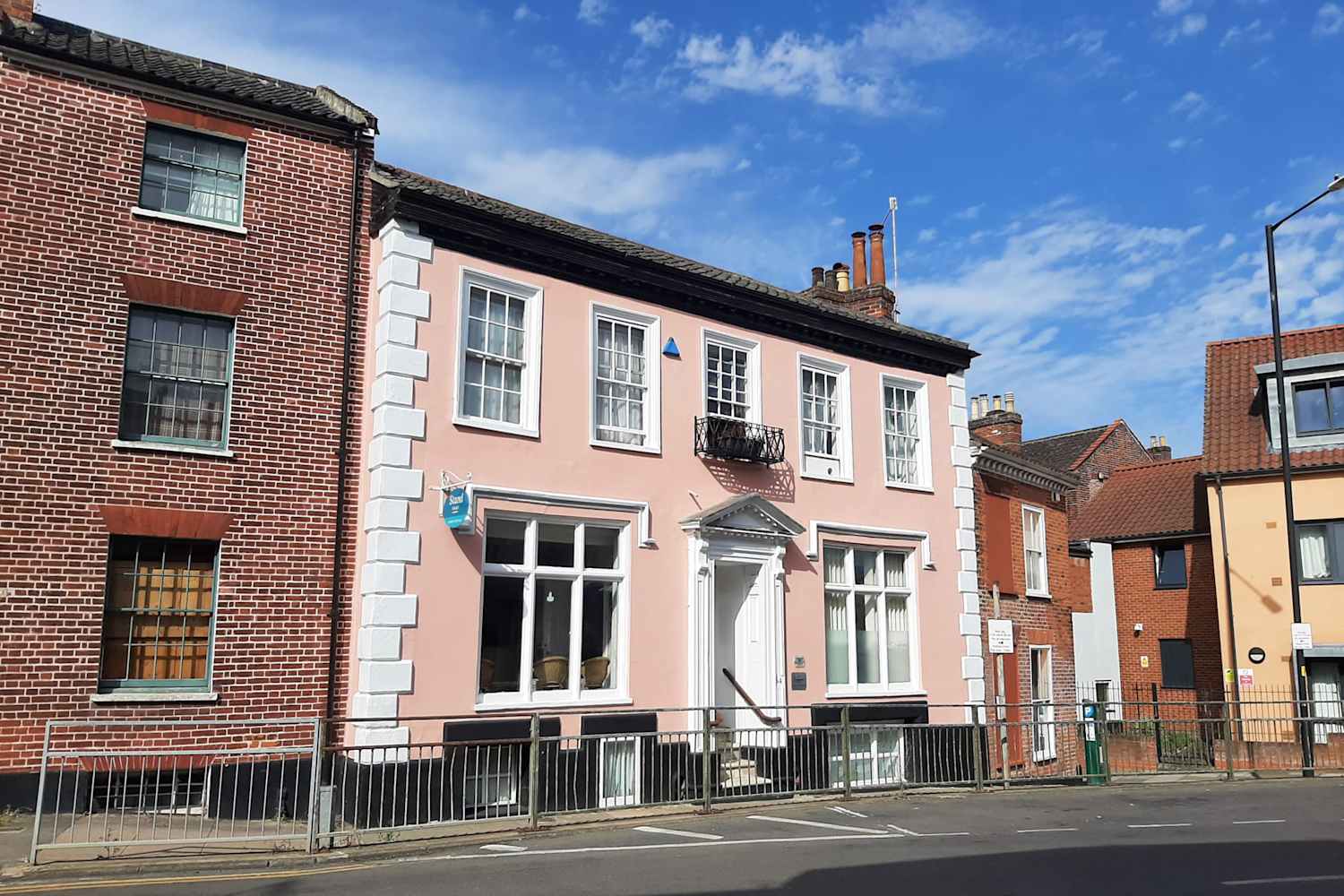
"If you've ever walked past an older building and noticed that it has irregularly placed, raised brickwork where the edges meet, you may have spotted rusticated quoins. As Jessica Lauren, a real estate investor at Fire Damaged House Aid, explains: "A rusticated quoin is a stone used on the corners of buildings, typically only on the lower floors of multilevel structures in traditional designs. These quoins are set out from the walls themselves, raised from the rest of the brickwork in an almost zigzag pattern.""
"When I see older home features that have stood the test of time and exist today, from witches stairs to razor blade disposal slots, it's always such a pleasure to pause and admire their beauty. I love living in an older home for just this reason. There are a few things that I've come to learn about my place and love about it as well - most notably, its prominent rusticated quoins that have remained intact since the 18th century."
Rusticated quoins are stones or raised brickwork placed at building corners, often projecting from walls in a zigzag or block pattern. They protect vulnerable lower-level corners from impact and weather while creating visual depth on otherwise flat facades. Evidence of rusticated quoins dates back to ancient Rome, and Vitruvius described their use in De Architectura around 27–22 BCE. Rusticated quoins are typically found on the lower floors of multilevel traditional structures and remain a distinctive element in many older homes, including examples surviving from the 18th century.
Read at Apartment Therapy
Unable to calculate read time
Collection
[
|
...
]